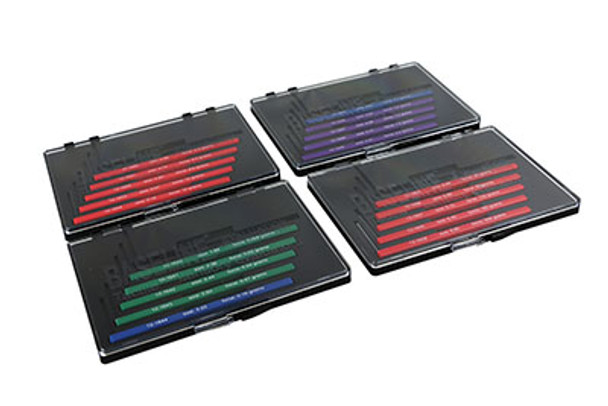Monofilaments in Healthcare: Vital Tools for Assessing Tactile Sensitivity and Detecting Peripheral Neuropathy
Monofilaments, though simple in design, play a crucial role in the healthcare industry, particularly in assessing tactile sensitivity and detecting peripheral neuropathy. These slender, single-strand filaments are invaluable tools for healthcare professionals, aiding in the identification of sensory deficits and the evaluation of potential risks such as foot ulcers and injuries, especially in diabetic patients.
Understanding Peripheral Neuropathy
Peripheral neuropathy is a condition characterized by damage to the peripheral nerves, which can result in numbness, tingling, and pain, primarily in the hands and feet. Diabetic patients are particularly susceptible to this condition, making early detection and monitoring essential to prevent severe complications. Peripheral neuropathy can lead to a loss of protective sensation, increasing the risk of foot ulcers and subsequent infections, which in severe cases may necessitate amputation.
The Role of Monofilaments
Monofilaments serve as essential tools in the early detection and monitoring of peripheral neuropathy. These filaments are used to apply standardized pressure to specific regions of the skin, allowing healthcare providers to assess a patient's tactile sensitivity.
How Monofilament Testing Works:
- Selection of the Monofilament: The most commonly used monofilament for this purpose is the 5.07/10 gram monofilament, which exerts a pressure of 10 grams when applied correctly. This pressure level is effective in identifying sensory deficits.
- Application Process: During a monofilament test, the healthcare provider applies the filament perpendicular to the skin at various sites, such as the toes, the plantar surface of the foot, and other relevant areas. The filament is pressed against the skin until it bends, indicating that the standardized pressure has been applied.
- Patient Response: The patient is asked to indicate whether they can feel the filament. If the patient fails to feel the filament at one or more sites, it suggests a loss of sensation in those areas.
- Documentation and Evaluation: The results are documented, and the areas with reduced or absent sensation are noted. This information is critical for developing a management plan to mitigate the risks associated with peripheral neuropathy.
Importance of Monofilament Testing
Monofilament testing is a non-invasive, cost-effective, and easy-to-perform method that provides valuable insights into a patient's sensory function. Its importance in the healthcare industry cannot be overstated for several reasons:
- Early Detection: Early identification of sensory deficits allows for timely intervention, which can prevent complications such as foot ulcers and infections. This is particularly vital for diabetic patients, who are at higher risk for these complications.
- Preventive Care: By identifying areas with reduced sensation, healthcare providers can implement preventive measures, such as educating patients on proper foot care, recommending appropriate footwear, and scheduling regular follow-ups to monitor the condition.
- Improving Patient Outcomes: Regular monofilament testing can significantly improve patient outcomes by reducing the incidence of severe complications associated with peripheral neuropathy. Early and ongoing management can help maintain the patient's quality of life and avoid drastic measures like amputation.
- Cost-Effectiveness: The simplicity and low cost of monofilament testing make it accessible and practical for widespread use in various healthcare settings, including primary care, endocrinology, and podiatry clinics.
Conclusion
Monofilaments may seem like simple tools, but their impact on healthcare, particularly in managing and detecting peripheral neuropathy, is profound. These slender filaments enable healthcare professionals to perform critical assessments of tactile sensitivity, leading to early detection and effective management of sensory deficits. For diabetic patients and others at risk of peripheral neuropathy, monofilament testing is a lifeline, helping to prevent severe complications and improve overall health outcomes. As an essential part of preventive healthcare, monofilaments exemplify how simple innovations can have a significant and lasting impact on patient care.
Recent Posts
-
Acupuncture vs. Dry Needling: What’s the Difference?
At first glance, acupuncture and dry needling might seem identical. Both involve inserting thin need …Jun 11th 2025 -
What Is Dry Needling? A Modern Approach to Pain Relief and Muscle Recovery
Chronic muscle pain, tension, and restricted movement can significantly impact your daily life, sign …Jun 11th 2025 -
The Kinetic Chain and Its Importance?
The kinetic chain is a key principle in physical therapy, referring to the way muscles, joints, and …Apr 18th 2025




